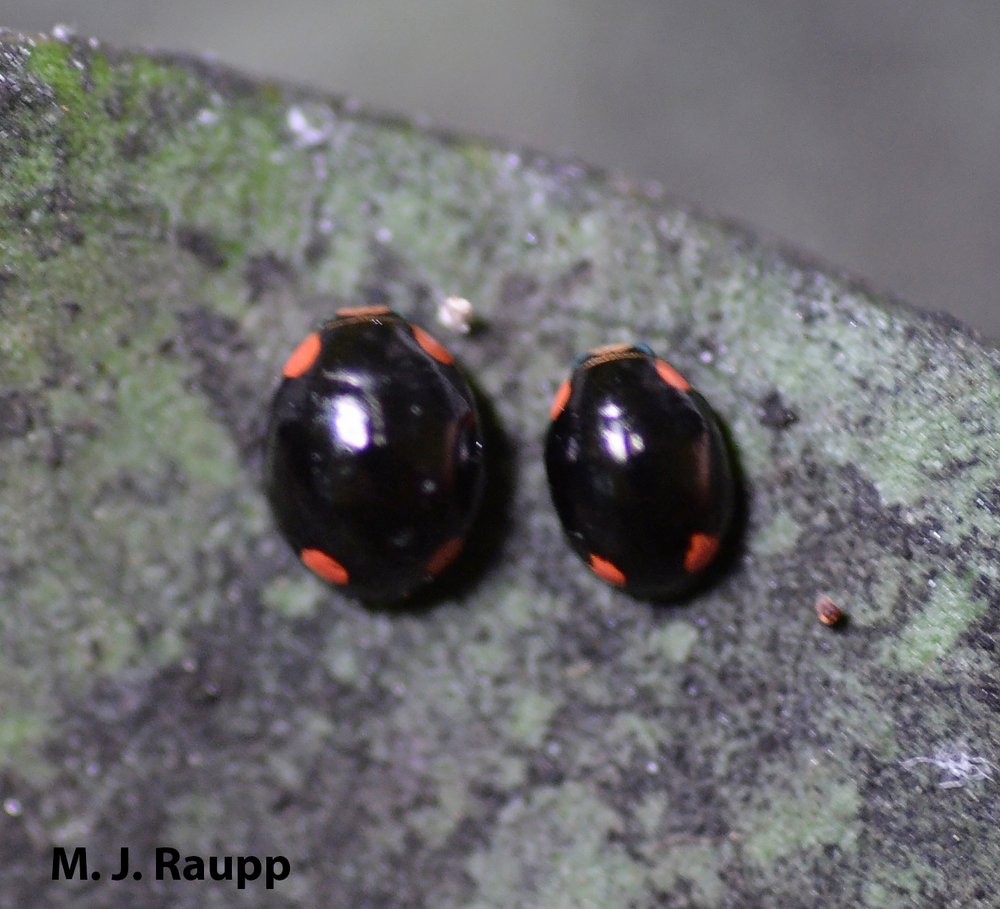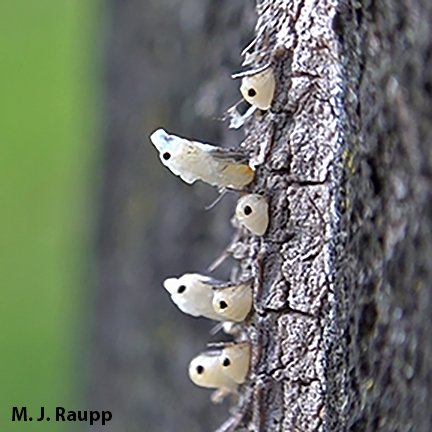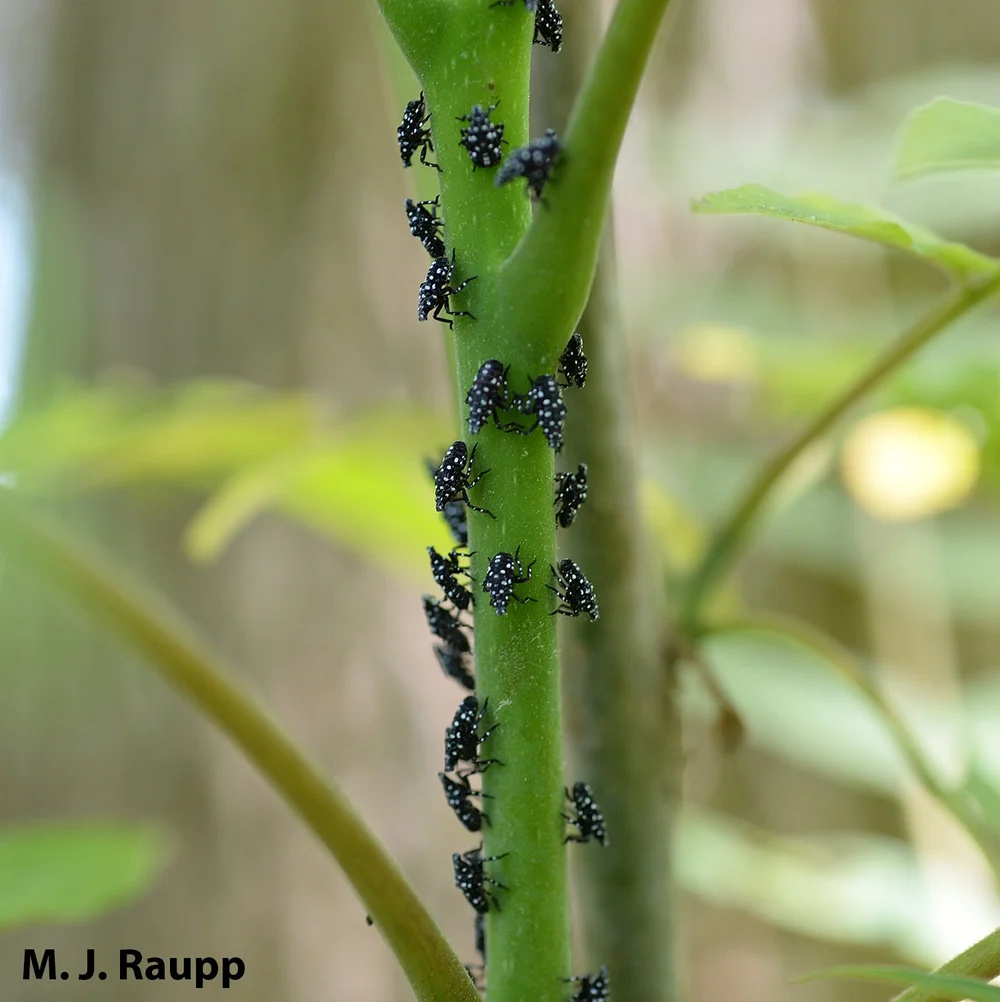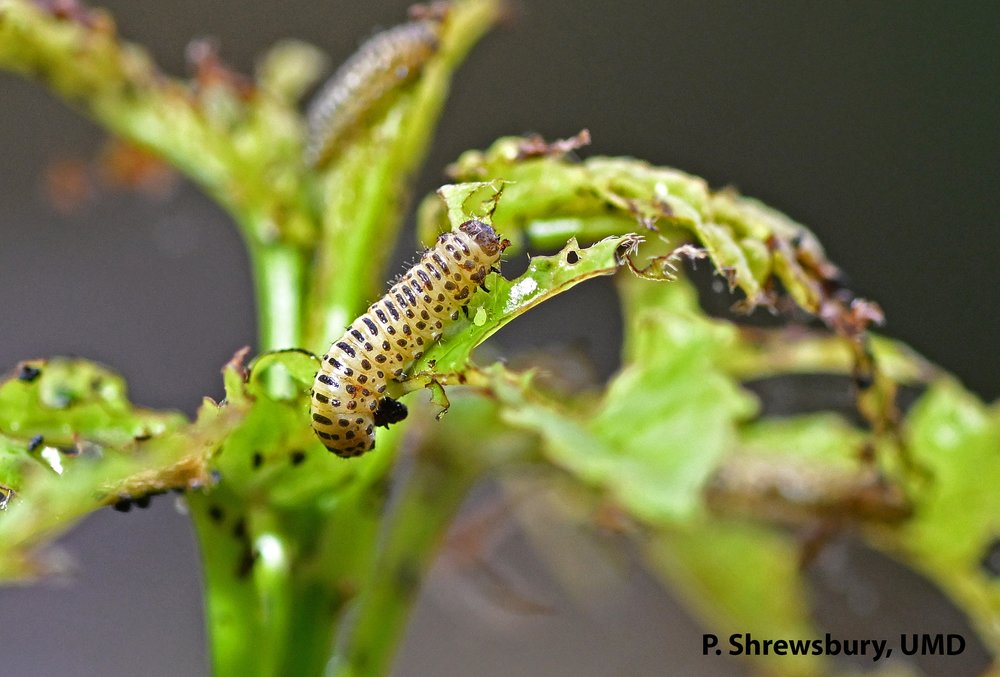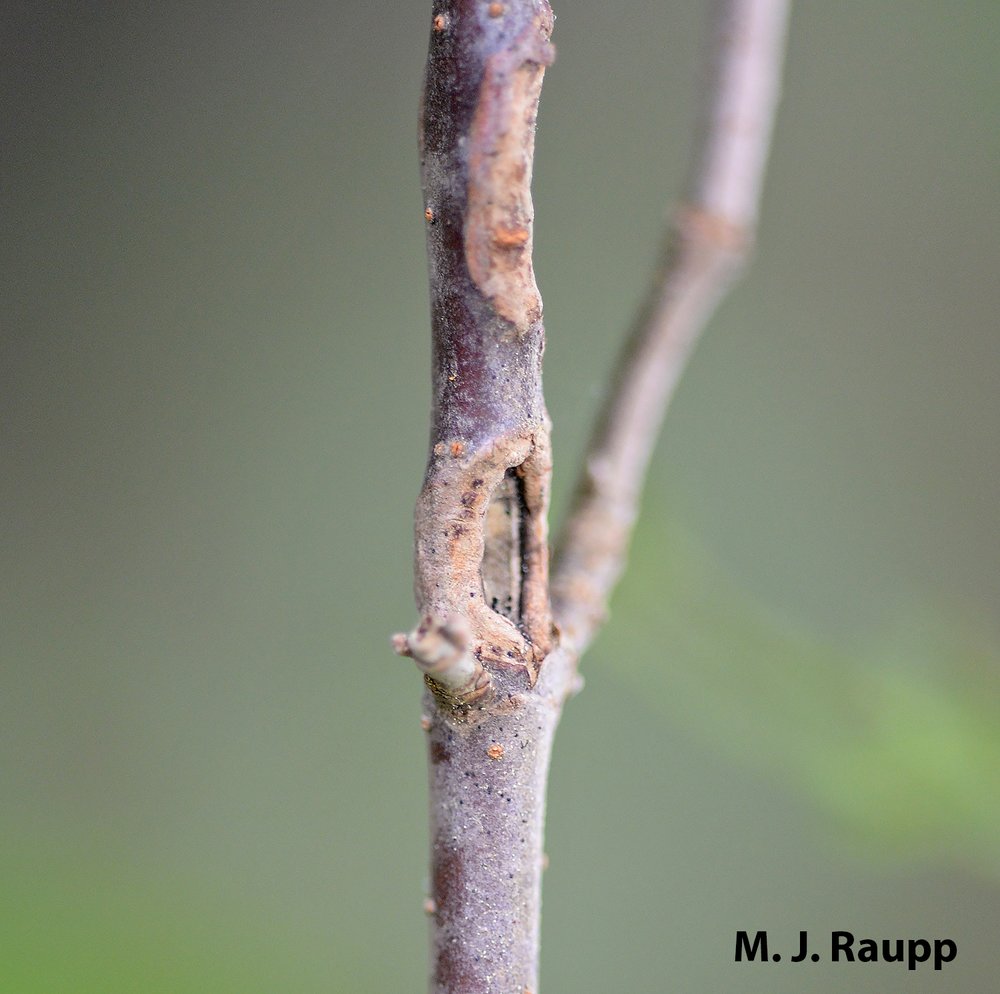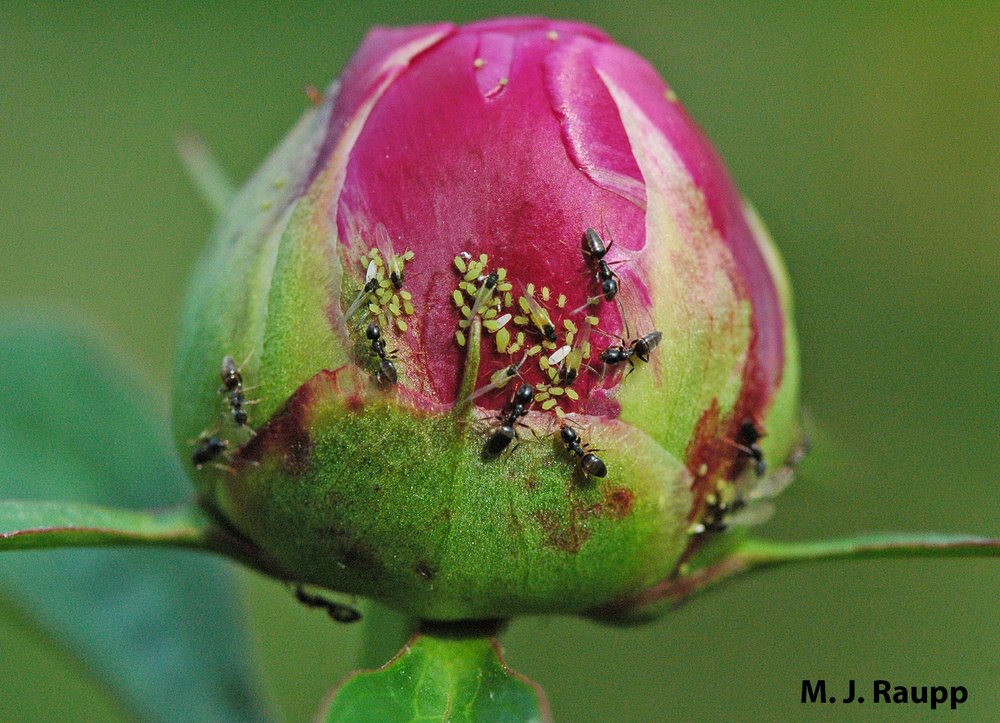Effective Strategies for Dealing with Carpenter Bees
Although they look similar to the cheerful bumblebee, carpenter bees have very different nesting habits than their fluffier counterparts. Bumblebees nest in existing cavities, including those left behind by rodents or in bird houses and man-made structures. Carpenter bees, on the other hand, create their own nests by digging into wood. In the process, these bees can create significant structural damage, which is why preventing carpenter bees from nesting on your property is essential.
Catseye Pest Control has been providing carpenter bee infestation solutions to properties across Massachusetts, Connecticut, Rhode Island, and New Hampshire since 1987. Let’s explore some tips for how to get rid of carpenter bees and keep them from returning for long-term peace of mind.
Carpenter Bees 101
Before you can effectively deal with a carpenter bee infestation, it’s critical to properly identify these pests. These six-legged insects fall into the Apidae classification of long-tongued bees. They can be found worldwide on every continent with the exception of Antarctica. Throughout the United States, the most common species is the Eastern carpenter bee.
Identifying Carpenter Bees
You can find several species of carpenter bees in the U.S. The most common is the eastern carpenter bee (Xylocopa virginica), which has yellow and black coloration that makes them look similar to bumblebees. They are large insects, typically reaching 0.75 to 1 inch in length. Female carpenter bees have black faces, while males have yellow faces.
Oftentimes, carpenter bees can be seen “hovering” near the eaves/roofline of the home whereas bumblebees often fly lower to the ground. Additionally, carpenter bees, when they have drilled into a piece of wood such as a trimboard, will leave a “splatter” of the drilled wood staining the siding.
Other types of carpenter bees that live outside of this region include:
Southern Carpenter Bee (Xylocopa micans): Typically found in southern coastal areas and wetlands, they usually do not travel farther north than Virginia. These bees have a metallic sheen.
California Carpenter Bee (Xylocopa californica): Also with a metallic body, these carpenter bees prefer making their nests in the limbs of soft, dry trees like oak trees. They can be found in California and throughout the Southwest.
Violet Carpenter Bee (Xylocopa violacea): You may never get a chance to see this beauty in person because it is native to Asia and currently inhabits Asia and parts of Europe. The violet carpenter bee is shiny and black with iridescent wings with a violet-blue hue.
One easy way to tell carpenter bees apart from bumblebees is to look at their abdomens. Carpenter bees have shiny, smooth, hairless black abdomens. In contrast, bumblebees have yellow and black hair on their abdomens.
Behavior and Environment
The Eastern carpenter bee is native to the U.S. These bees are important to the ecosystem because they are pollinators. Carpenter bees are rarely aggressive, although the females will sting if the nest is threatened. The danger comes from these solitary bees’ nesting habits.
Females use their strong jaws to tunnel into wood, creating a network of tunnels to lay their eggs and raise their young. They don’t eat the wood. Rather, they feed on nectar and pollen. One female can excavate approximately one inch of wood daily. Over time, that can add up and create structural instability when those tunnels are created in fencing, decks, porches, and other structures.

Preventing Carpenter Bee Infestations
Year after year, carpenter bees may return to their old nests to continue working on them. Even though the damage may occur slowly, it can accumulate over time. Signs of a potential infestation include seeing bees hovering about, small piles of sawdust near perfectly “drilled” holes, and fan-shaped stains on the sides of a wooden structure.
Preventing carpenter bees from nesting in your wooden structures is the best way to deal with them. When dealing with new construction, using hardwoods can help reduce the odds of carpenter bees attempting to create nests. Additional tips for prevention include the following:
Sealing Entry Points
Painting, varnishing, and using other products to seal wood can help deter carpenter bees. Additionally, adding metal flashing, wire screening, or another type of cap to the unfinished end of wood surfaces can also prevent the bees from tunneling into the wood.
If you already have a few tunnels, you can seal those holes to discourage the bees from returning to expand the nest. Bees that overwinter in the tunnels typically come out in spring to mate, and new adult bees typically emerge from the nests in late summer. Time your project accordingly to ensure the tunnels are unoccupied. Then fill them with steel wool or wood putty and caulk over them and paint or varnish the wood to seal it.
Removing Old Wood
Sealing wood to create a barrier against carpenter bees and closing off holes is an excellent starting point. It’s also helpful to remove decaying and weathered wood from the property. This type of wood can attract carpenter bees to the area, making it more likely you could end up with an infestation. When building new structures, consider the benefits of using vinyl or composite materials to reduce the odds of attracting carpenter bees.
Natural Remedies for Carpenter Bees
Because they play a role in maintaining the environment and serve an important job as pollinators, using insecticides should be a last resort for dealing with carpenter bees.
Homemade Deterrents
A few easy DIY options to repel carpenter bees include:
- Playing loud music near the nests, which causes the bees to exit, allowing you to seal it up
- Spraying wood with citrus-scented products, which help repel bees because they don’t like the smell
- Applying almond oil to wood, which works similarly to citrus in repelling carpenter bees
Decoy Traps
Carpenter bees won’t nest in the same area as wasps. To repel them, you can create a decoy wasp nest by adding air to a paper bag and closing off the end. Hang it near susceptible areas to keep bees from tunneling and building any new nests.
This will not only prevent bees, but also repel those already living in your wooden structures. Installing traps that hang near nests, in roof eaves, and in overhangs can also help remove these pollinators safely.
When to Call a Professional
If you suspect a widespread carpenter bee problem or you are uncomfortable trying to handle the problem yourself, it’s time to contact professionals. Catseye’s friendly technicians have the experience, education, and equipment needed to promptly and safely eliminate the infestation and restore your peace of mind.
Contact Catseye today to learn more about our services, including our preventive, ongoing Platinum Protection program. Schedule a free inspection to get started.
The post Effective Strategies for Dealing with Carpenter Bees appeared first on Catseye Pest Control.
This article appeared first on Catseye Pest

